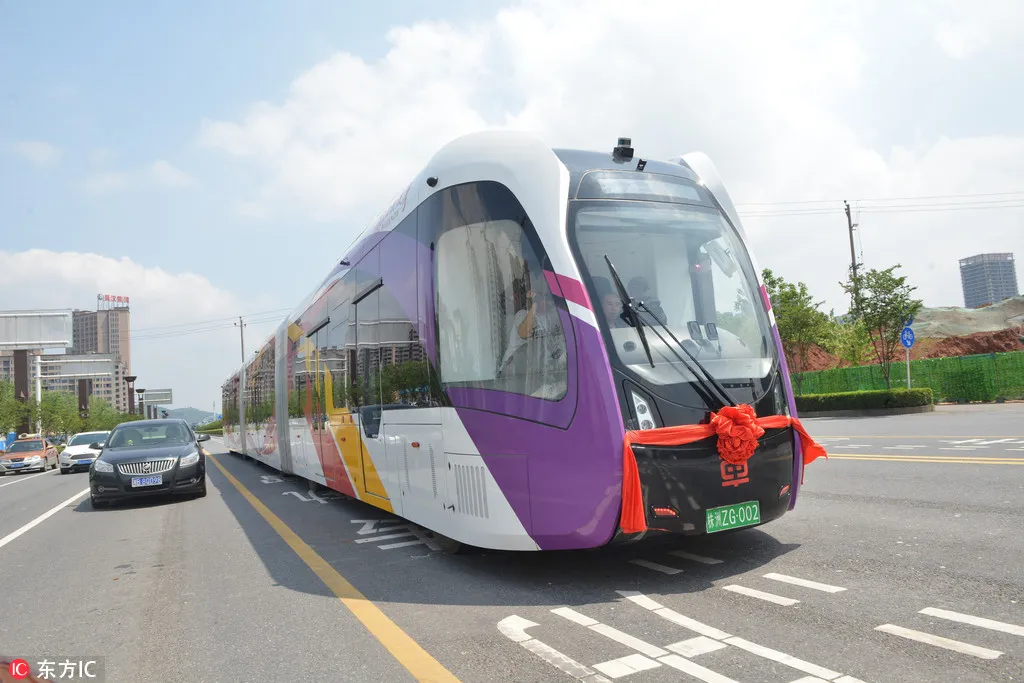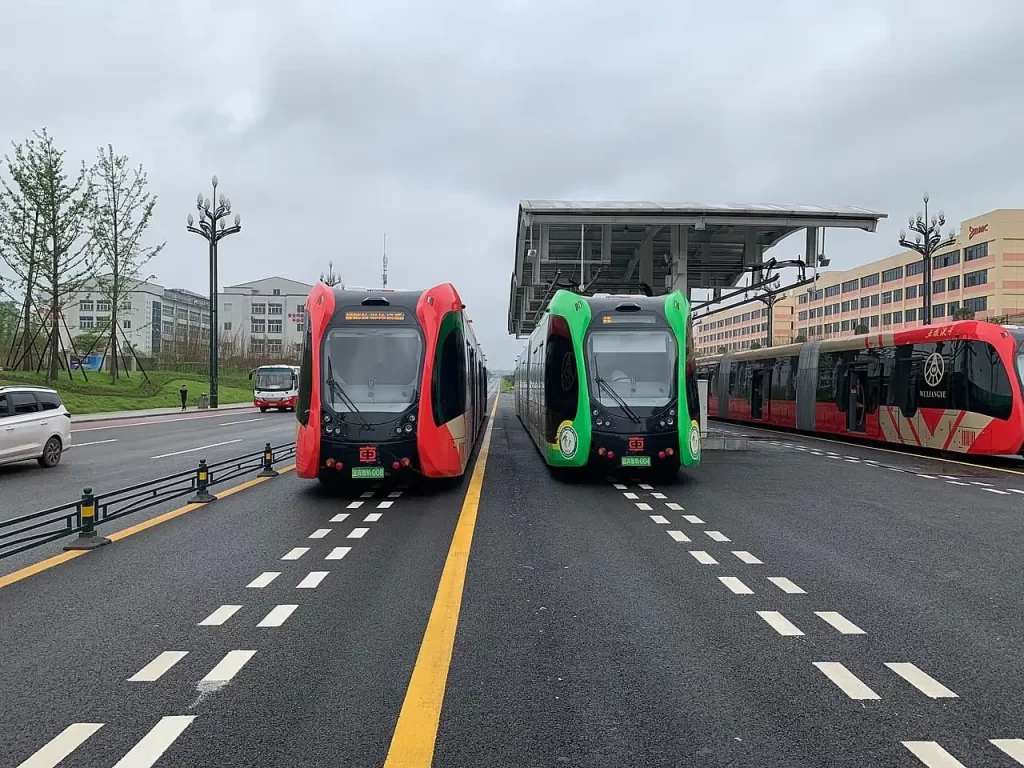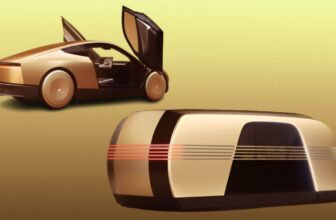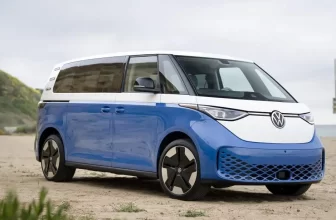
Transportation is a critical aspect of urban development, and with the growing concerns of congestion, emissions, and housing shortages, cities around the world are in urgent need of rethinking their transport systems. One innovative solution that has emerged in recent years is trackless trams. These trams offer an affordable, fast, and flexible alternative to traditional light rail systems, providing cities with an opportunity to reduce congestion and emissions while improving accessibility.
Trackless trams have their origins in high-speed rail technology and have been in development for nearly two decades. However, it was in 2017 that the Chinese Rail Corporation (CRRC) introduced the Autonomous Rapid Transit (ART), a significant advancement in trackless tram design and technology. The ART combines the ride quality and service characteristics of light rail with a lower installation cost, as it does not require rail to be laid in the roadbed.
The vehicles of trackless trams travel on rubber tires and are guided autonomously using optical, lidar, radar, and GPS technology. They are bi-directional and can have multiple carriages, equipped with safety features and communication technologies that contribute to fleet management and ride quality. With advancements in battery and charging technologies, trackless trams can operate without overhead wires and receive a booster charge at dedicated stations while passengers board.
Since its introduction, ART has been operational in several Chinese cities, including Zhuzhou, Yibin, and Harbin. Moreover, plans for new systems are underway in five other Chinese cities, and there is considerable global interest in this technology, with proposals for routes in countries such as Malaysia, Israel, Zimbabwe, and Australia.
Another variant of trackless trams is the Digital Rapid Transit (DRT), introduced by a competing subsidiary of CRRC in 2020. The DRT vehicle is magnetically guided and can be powered by a hydrogen fuel cell or electric battery. While slightly narrower and lighter than the ART, the DRT offers a different suspension system. Both trackless tram models will undergo testing in Australia later this year, providing valuable insights into their implementation costs, operational characteristics, and requirements.
One significant advantage of trackless trams is their potential to transform middle suburbs within metropolitan areas. Often overlooked for redevelopment while inner cities undergo regeneration and outer suburbs remain greenfields, middle suburbs present an opportunity for revitalization. Trackless trams can improve access to public transport in these areas, reducing emissions, increasing land value, and attracting more residents.
To capitalize on the potential of trackless trams, public-private partnerships will be crucial. City authorities, developers, transit planners, and other organizations must work together to identify potential mid-tier routes along main roads in middle suburbs. These routes often suffer from underutilization, struggling neighborhood centers, and unsafe conditions for walking and cycling.

The Entrepreneur Rail Model is a net-zero development model that promotes public-private collaboration for redeveloping middle suburbs. It emphasizes partnerships between developers, communities, local governments, utilities, transport agencies, and funding agencies. By integrating electric systems powered by solar and batteries, this model can facilitate a shift towards net-zero carbon emissions.
To fully realize the potential of trackless trams and create sustainable urban transport systems, five key steps should be followed:
- Expedite the certification process for trackless trams to remove barriers to market entry.
- Develop high-quality transit system corridor plans that prioritize walkability and liveability.
- Identify station precincts in mid-tier transit corridors for 21st-century net-zero developments through community engagement.
- Establish an agency or cross-agency group with integrated design skills to deliver net-zero corridors and precincts.
- Plan for future expansion of microgrids that manage each precinct to ensure shared renewable energy and electric vehicle recharging services.
Trackless trams represent a promising trend in urban transport. With their affordability, flexibility, and potential for reducing congestion and emissions, they offer a sustainable solution for cities worldwide. By embracing this innovative technology and fostering public-private partnerships, cities can pave the way for a greener and more efficient future of urban mobility.






